Introduction
As a CNC machinist time, I have found some time customers expect you to take care of the metal finish stage. It is mean you need to have some knowledge about metal finishing operations too. In this article one of the very common material types Brass, Bronze, and Copper will be discussed. We will look at how to protect it from the patina and also how to have a patina layer on it. So we will look at cleaning operations too.
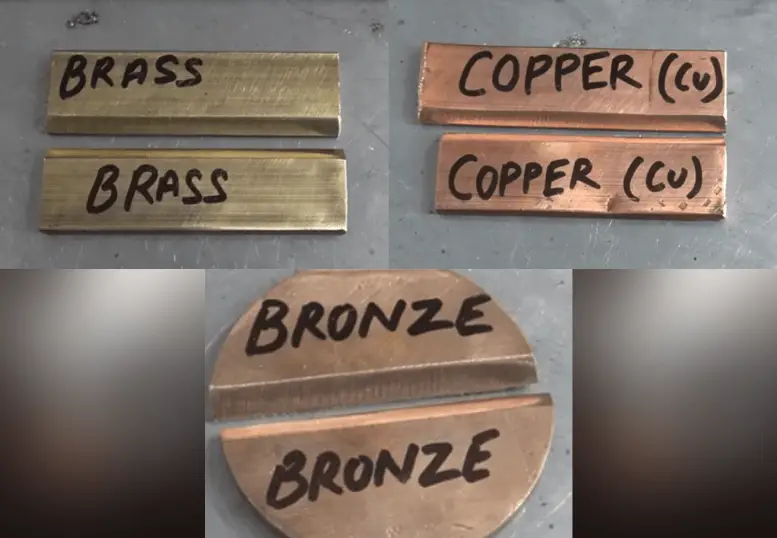
Oxidation is a chemical process in which a substance loses its original properties due to the intake of oxygen. Metals like brass, bronze, and copper are susceptible to this process. When these metals interact with oxygen, they begin to oxidize, a phenomenon known as green oxidation. This is particularly common when the metals come into contact with the oxygen present in water.
Over time, this oxidation process can foster the growth of bacteria, resulting in green coloration. This is not to be confused with corrosion. Corrosion is another process that involves the gradual degradation of metals due to the action of oxygen in the air.
| Metal | Hardness | Corrosion Resistance | Typical Uses |
|---|---|---|---|
| Brass | Medium | High | Plumbing fittings, musical instruments, decorative items |
| Bronze | High | Very High | Statues, medals, gears, and ship propellers |
| Copper | Soft | Moderate | Electrical wiring, roofing, and cookware |
Corrosion, a form of slow oxidation, transforms metals as a result of exposure to oxygen and moisture in the environment. The way this process unfolds can vary depending on the composition of the metal. For instance, in aluminum, the oxide layer remains on the surface, acting as a protective shield. However, in metals like iron and copper, the oxide layer penetrates deeper, converting the underlying layer into oxide or salt.
How To Get Copper To Turn Green?
When copper interacts with oxygen, it forms a layer of copper oxide on its surface. This manifests as a green or bluish-green hue. This unique finish is known as patina. Unlike other forms of oxidation that can weaken metals, patina serves as a protective layer, contributing to copper’s excellent corrosion resistance.
The patina layer effectively halts any further oxidation of the underlying copper, preserving its integrity. This characteristic makes patina a desirable finish for many copper items.
Creating a patina finish on copper is a process that anyone can undertake. One of the most popular methods involves the use of ammonia with sea salt. To achieve this, place the copper items you wish to patina in a container. Then, using a plastic spray bottle, apply a mixture of ammonia and sea salt to the items.
Seal the container, wait for a few hours, and then inspect the results. If the desired color hasn’t been achieved yet, allow it to stay there longer period. You’ll be pleasantly surprised by the transformation.
Remember, patience is key in this process. The longer you wait, the more pronounced the patina becomes, leading to a beautifully aged appearance that adds character to your copper items.
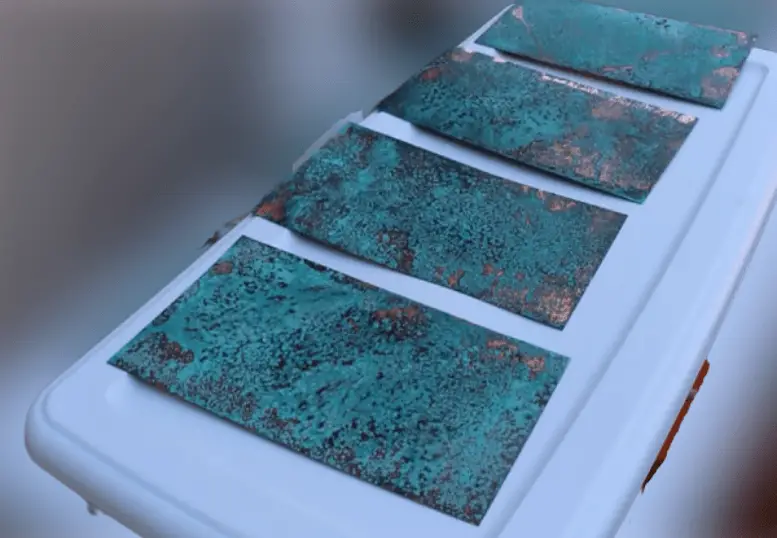
How Do You Get Rid Of Copper Oxide (Green Layer)?
Varnishes are the things that should be used to keep copper from changing color. Normal varnishes won’t work for this, though. It would be a good idea to use polishes made just for metals. It’s very important that the coppers don’t get wet. If you wash it and then dry it with a dry cloth, it will last longer. We also don’t suggest putting them in the dishwasher to clean them. The best ways to clean these metals are with the materials listed below. But before you use it, you should use a magnet to see if there is copper.
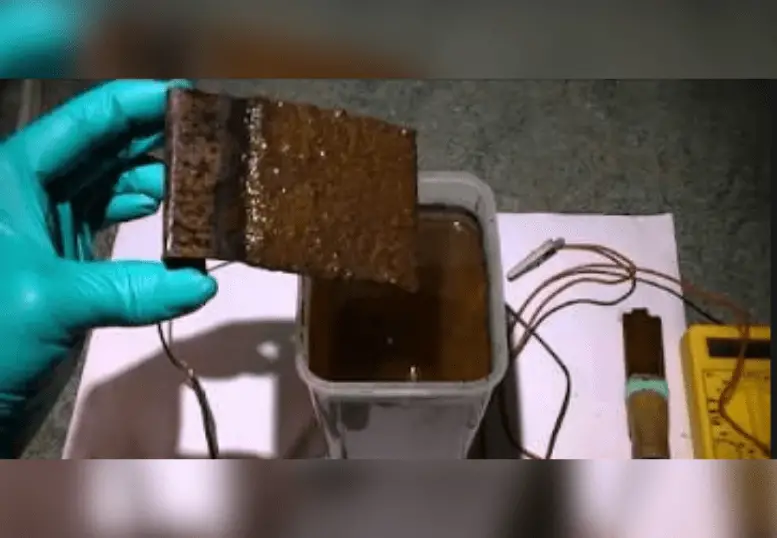
1) Salt And White Vinegar
The best thing you can use to stop oxidation is white vinegar. When mixed with white vinegar and salt, they make a solution that works.
- Before you put it on, it helps to wipe the surface with soapy water.
- Then, mix together 1/2 cup (118 ml) of white vinegar and 1 tablespoon of salt in a bowl.
- Make it like dough.
- Spread the paste that had been made on the surface.
- Wait about an hour after spreading the paste on the surface.
- Then use a fiber cloth to clean it.
2) Baking Soda
- Clean the surface with warm soapy water before you use this method.
- Then, choose a container that can hold your item completely.
- Boil water and pour it into the container.
- For each glass of water, add one tablespoon of baking soda.
- Use the mixture you made to dip your things.
- You can add white vinegar to the mixture if you want to.
- Give it a few hours, then wash it off.
3) Acetic Acid
With salt or baking soda, you can grind acetic acid into a paste. Then, put this mixture on the surface, let it sit for a few hours, and wash it. It has a lot of acetic acid.
4) Citric Acid
Lemon juice is the best thing you can use that has citric acid in it. It will be enough to mix baking soda or salt into a paste and spread it on the surface.
5) Nail Polish Remover
You can put it on by dipping everything in acetone or wiping the surface with acetone. When there are signs of oxidation, this method is very helpful. This will stop the creation from happening before it even starts.
6) Tartaric Acid
It works especially well on tough stains. Tartaric acid is found in a lot of cream of tartar. You can use it without worry.
7) Hydrochloric Acid
Before you use this substance, which can corrode even very strong metals, make sure you’re safe. If you put it right on the surface, it will remove the rust and leave pure copper.
8) Ketchup
The acid in ketchup makes it easy to clean and shine up copper that has become a little dull.
- Put ketchup on your copper pots and pans.
- Hold on for about 10 minutes.
- After waiting, rub the spot until it goes away.
- When you’re done, wash your copper item with warm water and a little mild soap.
- Lastly, use a clean, soft cloth to dry it.
How To Shine Brass?
- Take safety measures first.
- Make sure to use soap and cold water to clean the things.
- Use a soft towel to dry something. Because they are fragile, pay attention to how soft they are.
- About three liters of water should be mixed with about thirty grams of citric acid. Depending on the size of the item, add more of the mixture.
- Scrub for five minutes with a soft toothbrush. Then run cold water over it.
- To polish brass, you should use wood or cigarette ash. Ash makes things shine.
- After this, you’ll need to put varnish on it.
- Rub the item until it shines after wetting a soft cloth with ammonia. Except for varnished items, the polishing process shouldn’t wait for the water on the cloth to dry before starting.
- Be careful not to do what most people do to get rid of blue and green stains that look dirty on brass items.

How To Clean Items Made Of Bronze?
Cleaning your bronze items is now very easy.
- Use a soft cloth to wipe the bronze surface clean of dust and other debris.
- Mix together 1/4 cup of salt and 1/2 cup of lemon juice. Stir the salt into the lemon juice until it is gone.
- Stir in the cornmeal to make a thick paste.
- Put the paste on a soft cloth and rub it on the bronze. Let the dough rest for 20 to 30 minutes on the metal.
- Rinse well with plain water, and then dry well with a soft cloth.
- Do not leave any natural cleaners on the surface of the bronze. Cleaners can cause the metal to rust and pit.
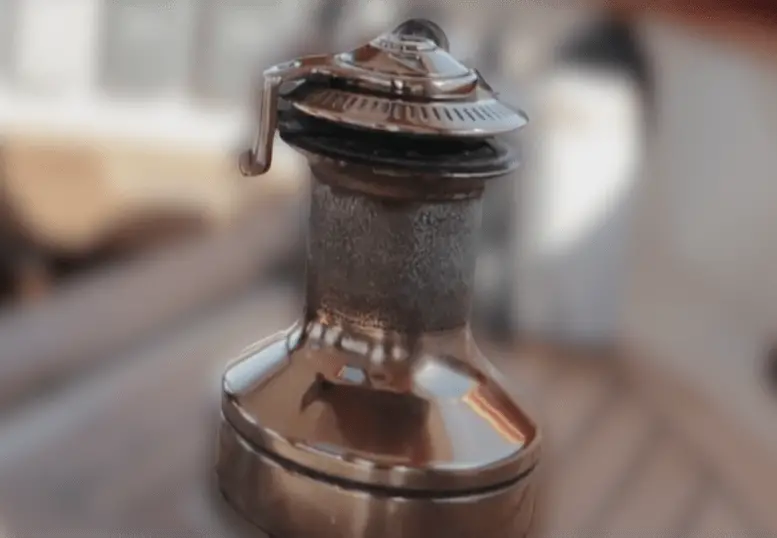
This Table Shows Types Of Bronze & Composition Percentage
| TYPES OF BRONZE | COMPOSITION PERCENTAGE |
|---|---|
| Commercial Bronze | 90% Copper and 10% Zinc |
| Architectural Bronze | 57% Copper – 40% Zinc and 3% Lead |
| Silicon Bronze | 20% Copper, Zinc – 6% Silicon |
| Aluminum Bronze | Copper and Aluminum 6% to 12% – Iron 6% max. – Nickel 6% max. |
| Phosphor Bronze | Copper and Tin 0.5% to 1% – Phosphor 0.01% to 0.35% |
| Bismuth Bronze | 1% to 6% Bismuth, 1% Nickel, 2% to 4% Tin and Zinc, as well as various other elements in small quantities |
Why Does Copper Turn Green On Skin?
One common concern with wearing copper jewelry is the potential for it to turn the skin green. This occurs when the metal oxidizes and reacts with sweat to form copper chelates, which can be absorbed through the skin.
The green discoloration is a result of your skin’s inability to eliminate the excess copper. However, there’s good news. Unlike certain silver stains, the green stains from copper are temporary and can be easily removed with regular soap and water.
To prevent your skin from turning green, it’s advisable to clean your copper jewelry regularly. Alternatively, you can opt for sealed copper jewelry. Sealed copper jewelry is coated with a thin layer that prevents it from oxidizing, thereby eliminating the risk of skin discoloration. This way, you can enjoy the beauty of copper jewelry without worrying about any potential skin staining.
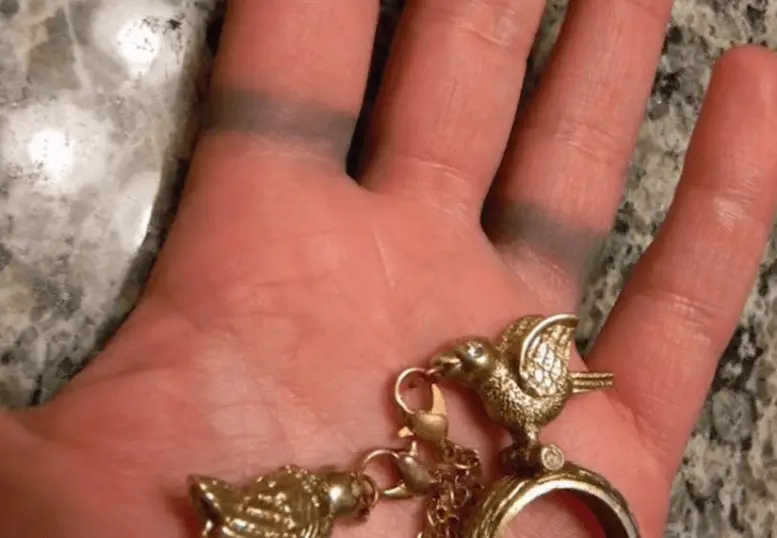
Is Copper Safe For Health?
Copper, akin to zinc and iron, is a mineral that our bodies require in appropriate quantities. A deficiency in copper can occur if your diet lacks copper-rich foods or if your body struggles to absorb copper due to certain conditions.
Interestingly, copper jewelry can contribute small amounts of this essential mineral to your body. However, this only happens when the copper is in direct contact with your skin. Therefore, if your copper jewelry is plated or sealed, you may not experience these potential benefits.
It’s important to note that there’s no cause for concern regarding copper poisoning from wearing copper jewelry. Such a condition typically only arises from ingesting copper.
Furthermore, copper is known for its antimicrobial properties, killing germs and fungi without harming our skin. Thus, not only is copper jewelry not harmful, but it could also offer some health benefits.
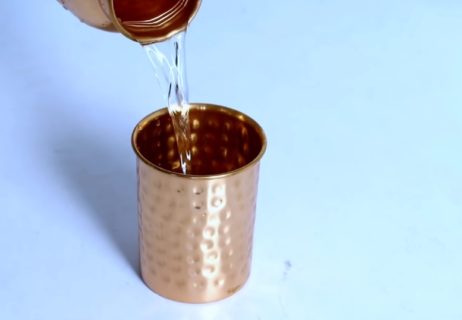
How Long Does Copper Lasts?
Copper is attractive because it can last for a long time. Copper in its purest form is not very strong, but it is hard and can bend. When zinc and tin are added to iron, the resulting alloy is very strong. Copper can last for many generations if it is taken care of.
While copper does not rust like iron does, it develops a green patina over time as we explained before. The green patina on the Statue of Liberty is very pretty. This shows how it can be used for decoration needs.
Copper And Recycling
Copper and its alloys have a long history of being reused, recycled, and remelted. One of the remarkable properties of copper is that it can be recycled without losing quality.
As a non-ferrous, non-magnetic metal, copper holds greater value in scrapyards compared to its iron counterparts. Copper is among the most recycled metals globally.
Summary
This guide explores brass, bronze, and copper, focusing on oxidation processes, cleaning, and polishing. It explains green oxidation caused by oxygen and water, bacterial growth, and distinct green coloration. Corrosion is differentiated as a separate degradation process due to oxygen exposure.
Patina formation is discussed as a protective layer on copper, with a green or bluish-green hue. A simple household method using ammonia and sea salt to create this patina finish is provided.
Health concerns related to copper are addressed, assuring its importance as an essential mineral absorbed through wearing copper jewelry or using copper vessels. The guide emphasizes copper’s longevity, recyclability, and eco-friendliness.
You can check this article about anodizing.

